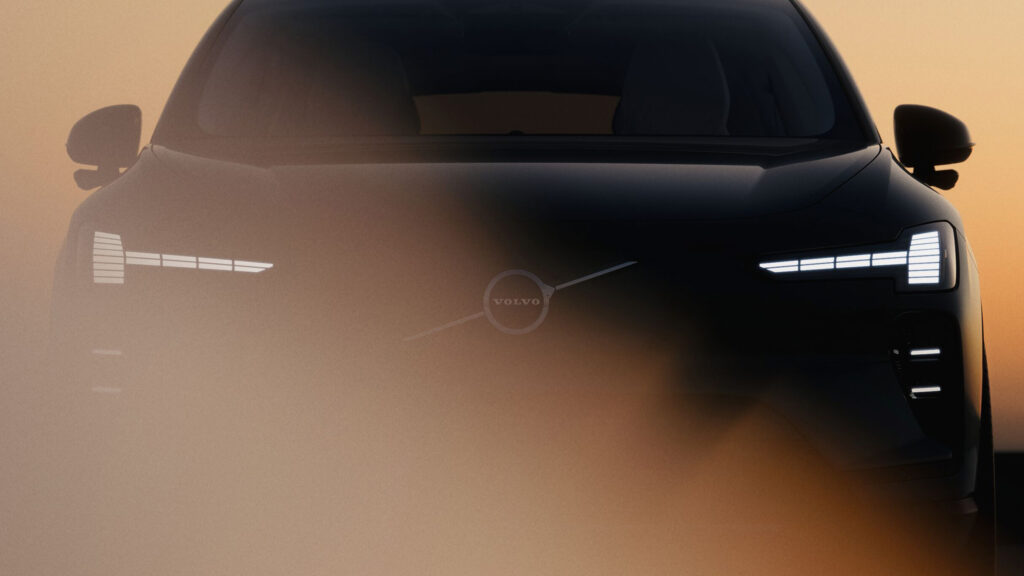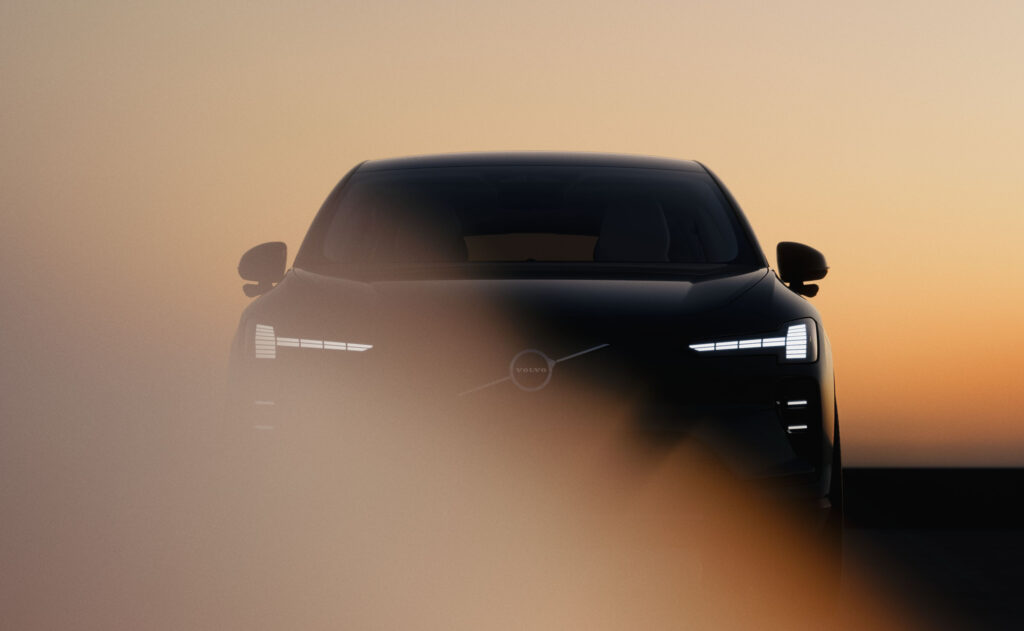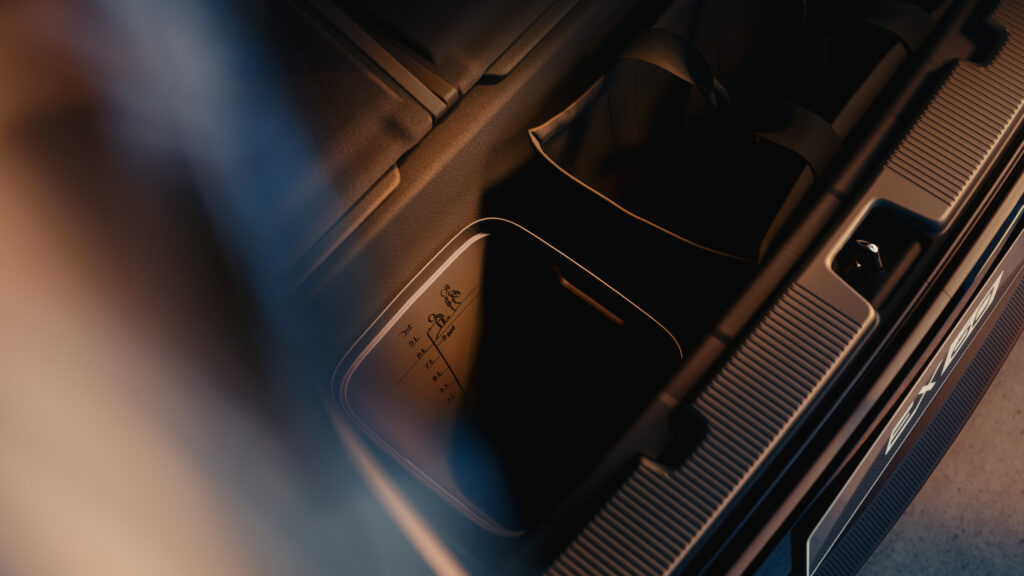Volvo’s New EV Is Here To Give Mercedes GLC EQ Range Anxiety And Seat Envy

- Volvo’s new EX60 SUV can add 211 miles of range in 10 minutes.
- One teaser image appears to show a third row of seats folded down.
- The BMW iX3-rivalling EX60 will be revealed in full on January 21.
Volvo’s about to drop a crucial new electric car, and it looks like it’s bringing receipts. The EX60 launches later this month but a teaser this week revealed range figures that none of its BMW, Mercedes and Tesla rivals can match, and a hint that it might come with seating for seven.
We’ll have to wait until the debut on January 21 to get the full breakdown of what’s under the EX60’s skin, but the fact that the EX90’s little brother is rated at 503 WLTP miles (810 km) of electric range is enough to generate headlines.
Related: He Built The Volvo You Remember, Now He Has To Fix What It Became
For context, BMW’s brand new iX3 has up to 500-miles (805 km) rating, and the GLC 400 with EQ Technology that debuted at the same Munich Auto Show last September is only good for 443 miles (713 km), Mercedes says. Tesla’s most touring-focused Model Y can’t even crack 400 miles (644 km).
Fast Charging
Volvo also says you won’t have to spend too much time hanging around charging stations when you do eventually need a top-up. Thanks to its 800-volt electrics the EX60 can add 211 miles (340 km) of range in as little as 10 minutes. You also get a 10-year warranty on the battery.

We’ve already had a sneak look at the rear and profile of the EX60 in previous teasers, and along with revealing the electric range, Volvo has now given us a look at the front. The brand’s trademark Thor hammer DRLs are present, made up of segmented LEDs, and we can also make up a pair of ADAS sensors mounted below each door mirror.
Reinventing the Seatbelt
The EX60 is the first Volvo to ride on the company’s SPA3 platform, an upgrade of the earlier SPA2 architecture that underpins models like the EX90. It’ll also be the first of the brand’s cars to get Volvo’s new adaptive seatbelt, which uses sensors to work out the height, weight and shape of a passenger before deciding how much belt force they need in a crash.
Seating for Seven

And unlike its BMW iX3 and Mercedes GLC rivals, which are strictly two-row affairs, it looks like the EX60 could have a small third row of seats stashed under the trunk floor. Though Volvo hasn’t mentioned anything about seven seats, in the image of the trunk it definitely looks like there are two seats folded away.
The picture of the body-in-white also shows mountings for a 50:50 split third-row, and the impression we get is there would still be enough space for a few shopping bags even if the seats were in use. We’ll find out more on January 21.